Pick your avatar, customize your loadout, and extinguish your rivals in this homegrown jailbreak-themed shooter.
VR has become a beacon for low-budget breakout hits; the success of Beat Saber and Onward in this space would not be possible in the saturated indie market of traditional flatscreen gaming. As such, VR isn’t just an exciting frontier for futurists and gadget enthusiasts, it also represents a sweet spot—a golden window of opportunity for game developers looking to get in and shape the industry at a grassroots level.
One such hopeful pairing of developers is Ryan Schattner (Fat Moth Interactive) and James Nye (Potato Face Games), who’ve teamed up to create ‘In League’, a squad-based competitive shooter for which the development cycle has been all about throwing ideas at the wall and seeing what sticks.
“I grew up messing around with computers a whole lot,” Schattner explained to me over the phone. “When I got out of the military, I got into real estate. I was still into tech, making websites and stuff, then one day in 2014 I saw UE4 pop up and saw that it was offering all of these tools together for $20 a month. I bought it immediately, and I’ve been messing around with it ever since.”
“I was at college for a degree in Electrical Engineering,” Nye said to me during a separate phone call. “I pretty much only ever went to my math classes.”
“I ended up dropping out when I was 18 to found Potato Face Games with my friend Cope Williams.” Nye continued. “In highschool at least, I was really into game dev and I made a couple of really small games. So when VR came out, I was like ‘Oh this is really cool, and I can develop for it!’.”
While Williams is still working with Nye at Potato Face Games over 3 years later, his attention is focused on running the Austin Virtual League, a local LAN-party organizer that hosts VR events and tournaments in and around Austin, TX.
‘In League’ is constantly receiving iterative content updates and patches from both Nye and Schattner, who are developing their vision for the game as it grows in popularity and scope.
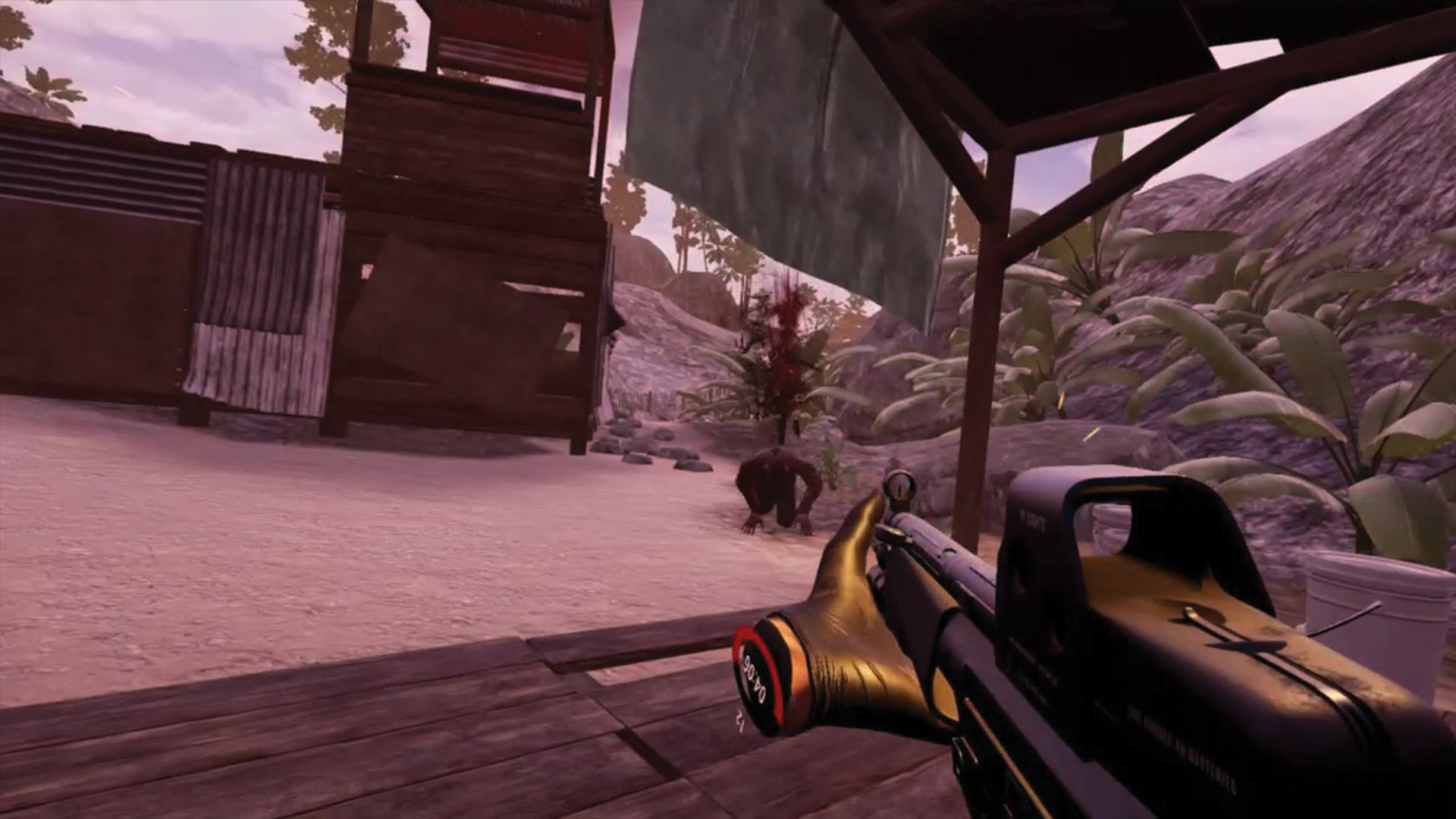
Image Credit: Fatmoth Interactive / Potato Face Games
”With In League, I’ve been working on our next major patch. It includes bug fixes and a new mode,” Nye continued. ”I’ve been playing a lot of Rainbow Six: Siege, and penetrative physics is one of my favorite parts of that.”
“You have Slayer mode, and then Hunt mode which is basically just Team Deathmatch,” Schattner told me. “And then there’s Hostage mode, which is single-elimination. That’s where the Rainbow Six: Siege inspiration comes in.”
But what the team found out is that it’s difficult to run a solely multiplayer-focused game this early into VR’s lifecycle. To solve that problem, they are working on giving players tons of singleplayer content to enjoy when they can’t find a match.
“We’re focusing more on missions with singleplayer and co-op gameplay until the VR userbase grows a bit more,” Schattner told me. “From a singleplayer standpoint, we have the arcade arena modes. Beyond that, it’s a matter of creating additional levels. Depending on how long it takes, I want to make 3 or 4 of those, and then there’s a procedural dungeon element to the larger levels. It generates cities and dungeons; each time you play it’ll be a bit different, kinda like Gunheart, but on a bit larger scale.”
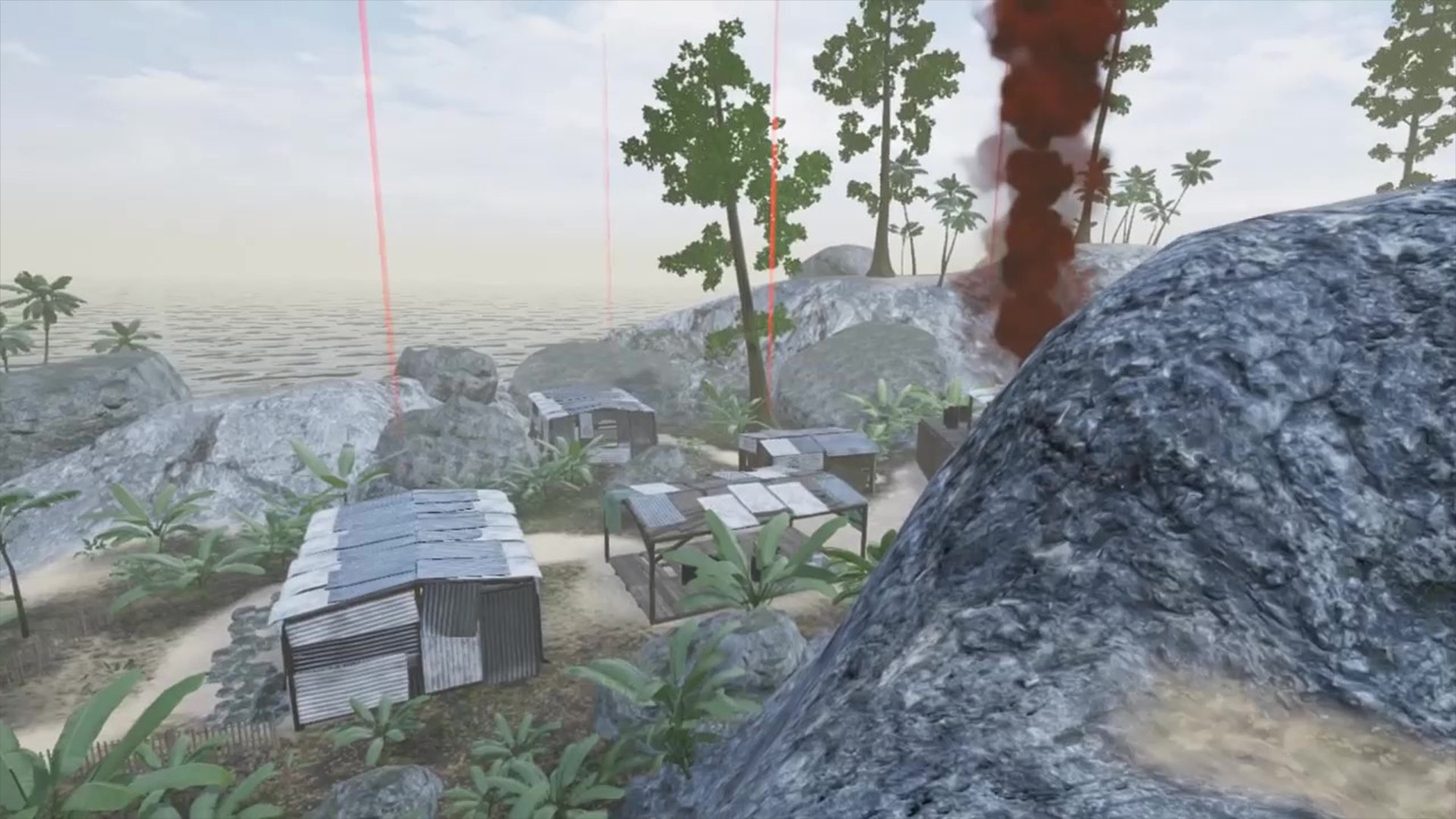
Image Credit: Fatmoth Interactive / Potato Face Games
“We’re creating an entire 10, 15 levels uniquely that’ll take the two of us a very long time,” Schattner continued. “If I can create some variance each time you run through, it’ll be slightly different mission types for each point you hit. It keeps the replayability there, and it’s a scope we can actually accomplish.”
The duo’s secret weapon is their tester base, who’ve been giving them consistent feedback since the game first entered early-access.
“Once we started giving people beta test keys, we had about 60 members initially,” Nye told me. ”Gameplay has just gotten tighter. We added attachments at one point, we added bots at another point. We originally only had one gamemode, but we’ve added three more game modes. For example the wave defense game mode was something we’d only initially thought of when we first added bots.”
“My military experience sort of played into In League’s development,” Schattner told me. “When you open a weapon drop in a match, the sound that goes off is exactly like the sound you hear when an incoming mortar round goes off in a live warzone.”
Given the wide availability of assets for sale on the UE4 Marketplace, the team has mostly been able to implement the gameplay features that they wanted.
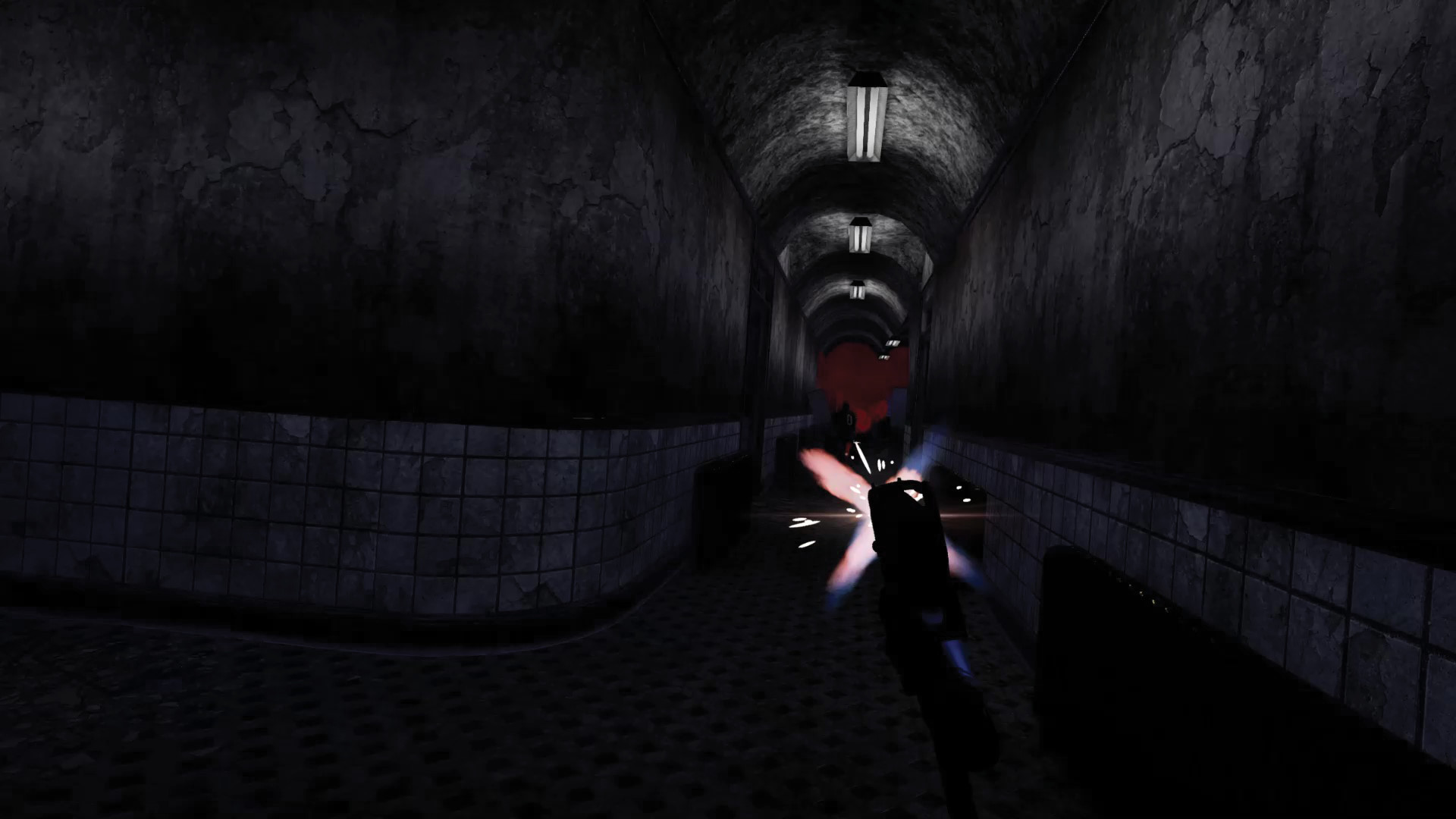
Image Credit: Fatmoth Interactive / Potato Face Games
“For the weapon design choices, it was mostly based on the availability of assets,” Schattner told me. “If you look at Pavlov, they have some of the same asset packs that we do. We just want what people would expect; if you’ve played Call of Duty: Modern Warfare 2, you want that whole suite of weapons that players would expect.”
“I definitely wanted a claymore, definitely wanted a bear trap, definitely wanted landmines,” Schattner continued. “I want to put mortars in the game eventually. I have the assets for it, where you can drop it down the tube and it’ll bounce out.”
“When we started looking at a hostage mode, we needed something for people to defend themselves with,” Nye told me. “That’s what influenced the traps. But then we needed something for people to revive each other with, so that inspired the epi-pen.”
“If we didn’t have the asset for the epi-pen, it probably would have been something else,” Nye continued. “We needed something that people could revive each other with. Between asset availability and gameplay mechanics, it goes both ways.”
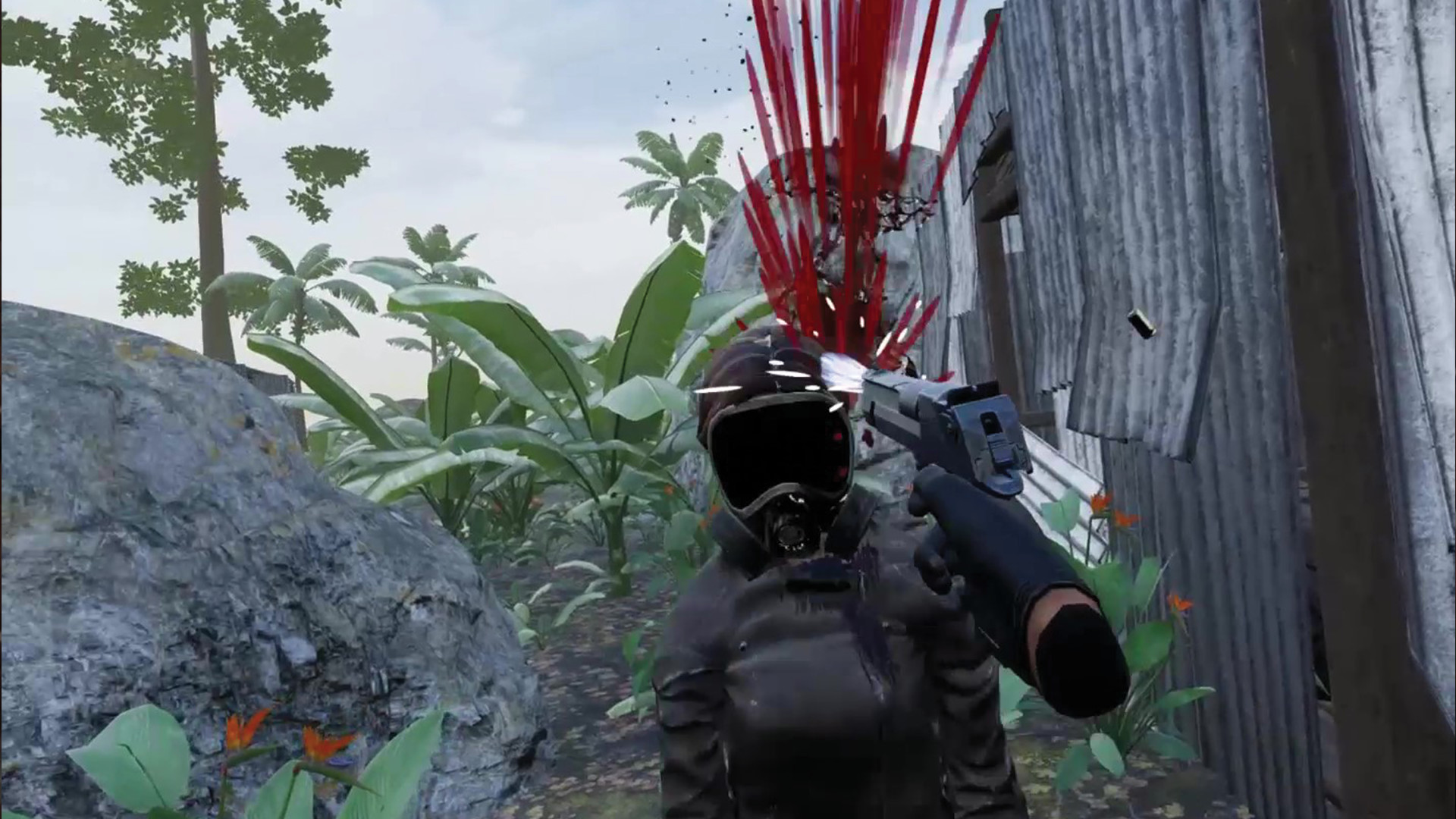
Image Credit: Fatmoth Interactive / Potato Face Games
But even though ‘In League’ uses many prefabricated assets, it does have a unique ‘look’ due to Schattner’s expertise in 3D modelling.
“I pretty much started out with 2D art and 3D art before I started programming,” Schattner told me. “Programming was the difficult part, but creating the models was tons of fun. The workflows nowadays are pretty easy for something that’s humanoid. So basically you can use an Adobe product to get a base model, and from there you can modify it however you want.”
“The character aesthetic is similar to Manhunt, where everybody’s a bad guy,” Schattner continued. “The game’s story is like the crowd spectating in Manhunt. Basically it’s like a person encouraging you to make snuff films, so that’s why you can down someone and get double points for executing them with a melee weapon. Everyone in the game is a different sect of insane people.”
The developers of ‘In League’ are managing to push the envelope on the VR game dev’s handbook by inventing their own solutions for features like climbing and downing other players.

Image Credit: Fatmoth Interactive / Potato Face Games
“Something that’s been joked about has been the ability to throw weapons,” Nye told me. “It’d be cool to add that in. I don’t feel it would happen enough to go into it with the current manpower we have. It’d take me little over a weekend to do, but it’s a matter of ‘Do I need to focus on that?’.”
“There’s OOB (out of body) movement, which is a way to locomote around,” Nye continued. “We use that really specially in In League that other VR FPS games don’t. When you get below a certain amount of health, you go into a crawl state where you move around and try to reach safety. It’s from third person, so you can crawl around the corner and not see yourself, but your friend can revive you because he has an epi-pen. But you have the challenge where you can’t see your own movement.”
“OOB was a whole separate challenge, but we ended up incorporating that into gameplay,” Nye continued. “It was a movement mode for a plugin we used called VR Expansion, and that was not the intended use for it. But we combined it with the downed-state gameplay mechanic and it turned into a really cool component.”
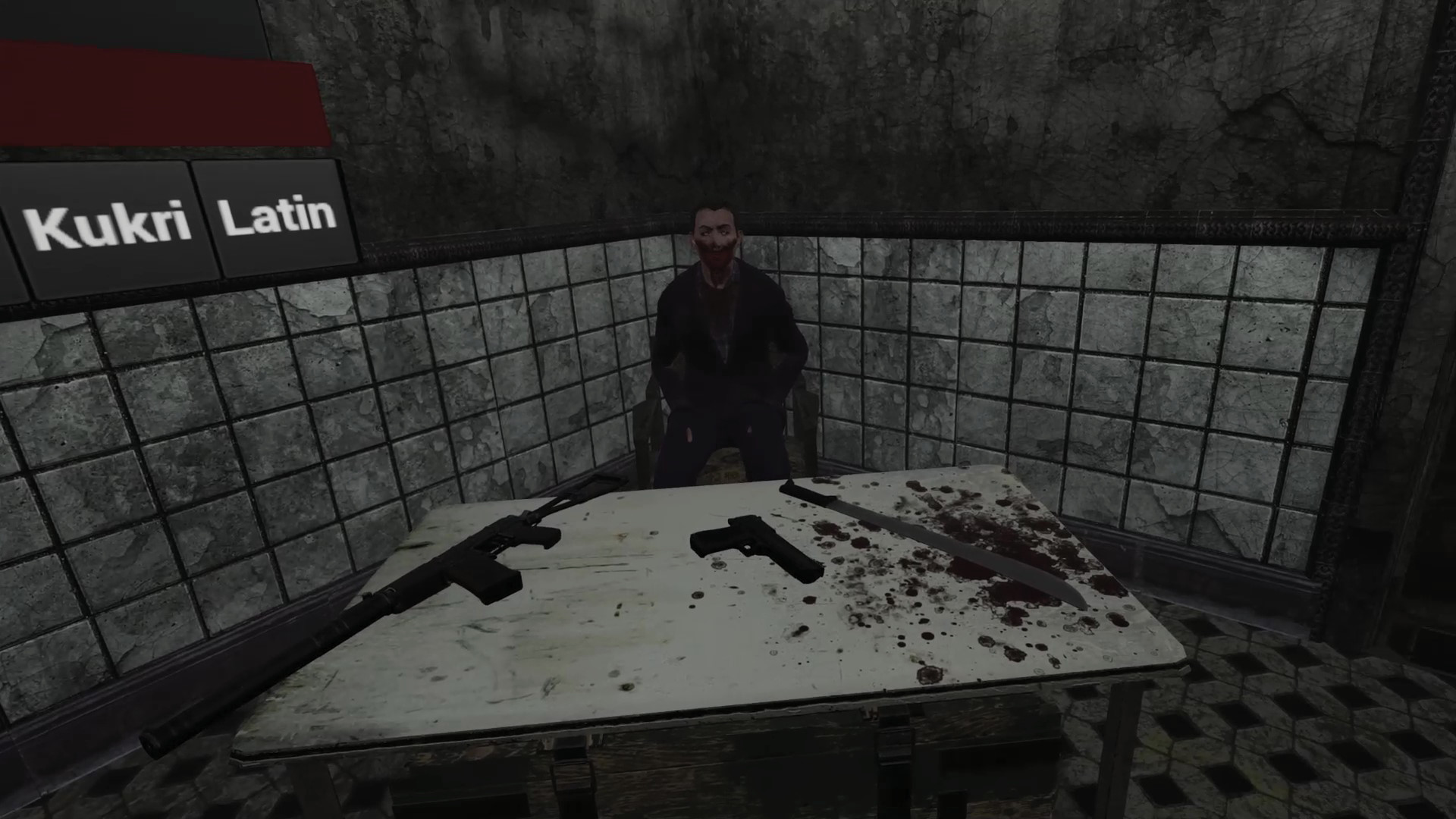
Image Credit: Fatmoth Interactive / Potato Face Games
“The most hardcore VR gamer is our target audience; the hardcore shooter fans,” Schattner told me. “There’s no babysitting, we don’t really help with anything. There’s no highlight over where you cock your gun. No teleports; it’s all free locomotion. You get the steeper learning curve plus the climbing and additional features you have to contend with.”
“The game design language in VR is definitely, absolutely still being written,” Nye continued. “Everything is wrong but you can do everything wrong the right way. You have to attack every idea. You have to try it; if it doesn’t work, it doesn’t work.”
You can purchase and download the early-access alpha of ‘In League’ on Steam for an MSRP of $20.
The post Chatting With The Developers Of Tactical VR Shooter ‘In League’ appeared first on VRScout.
from VRScout http://bit.ly/2ScUYn5
via IFTTT
No comments:
Post a Comment